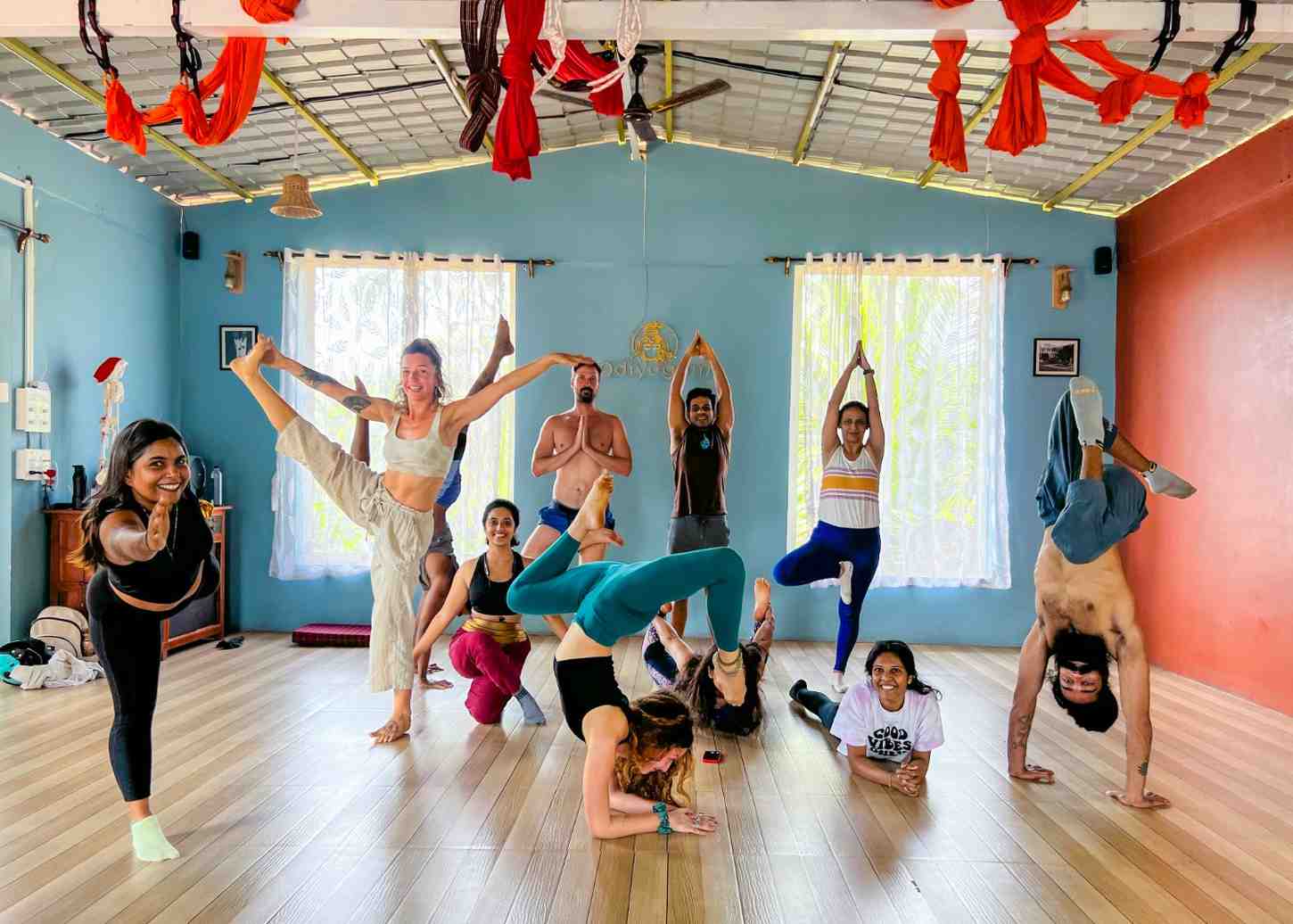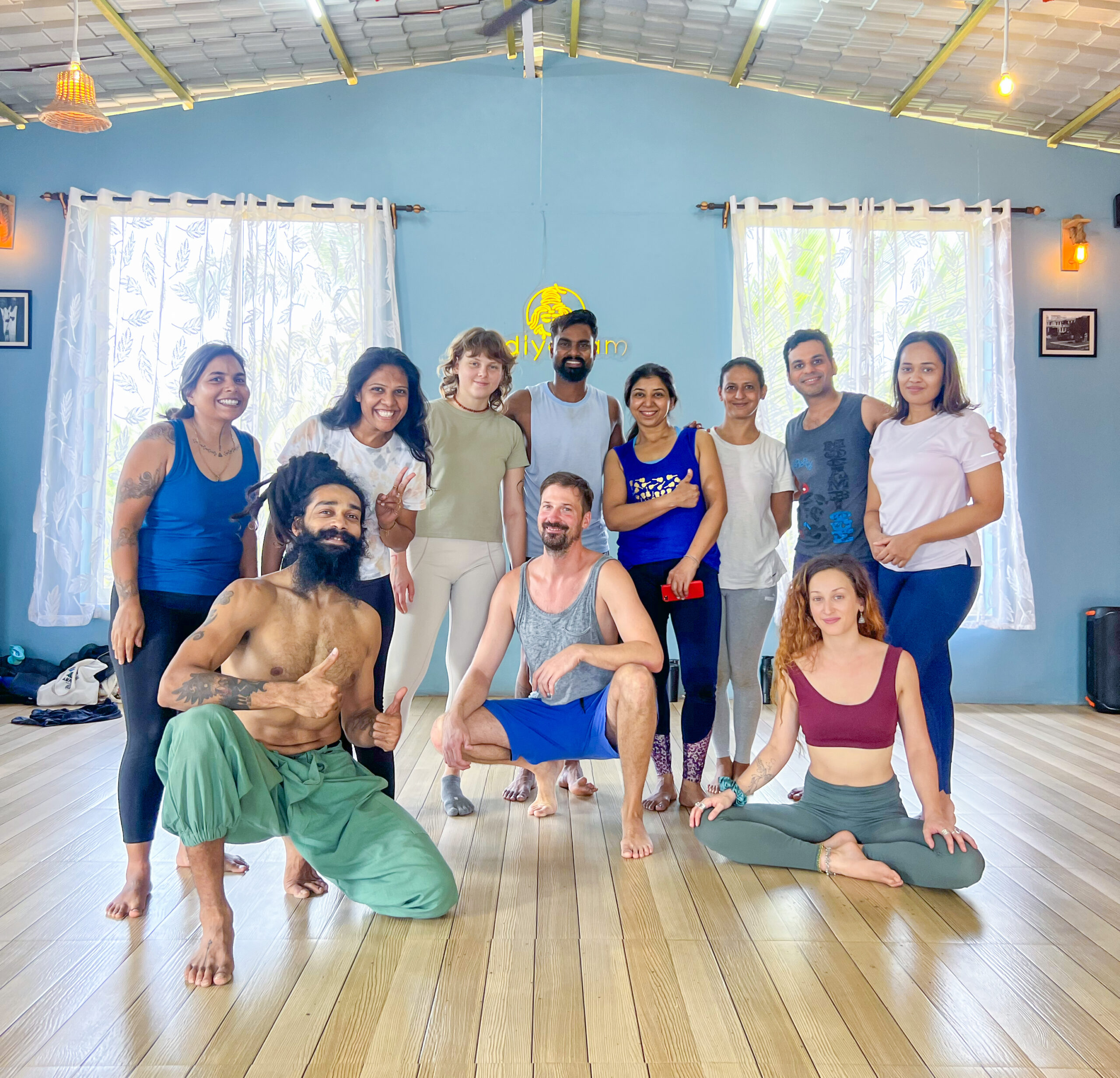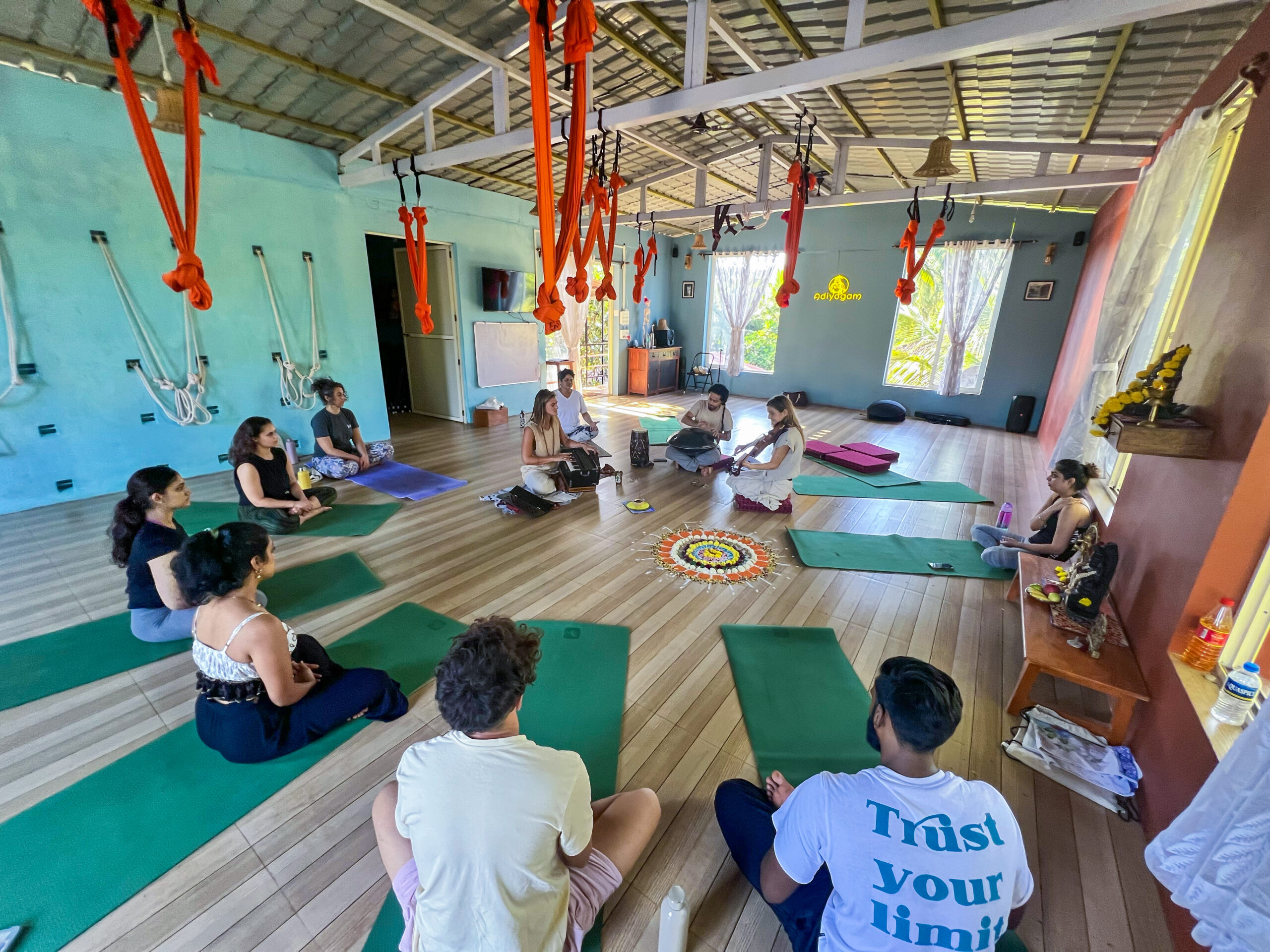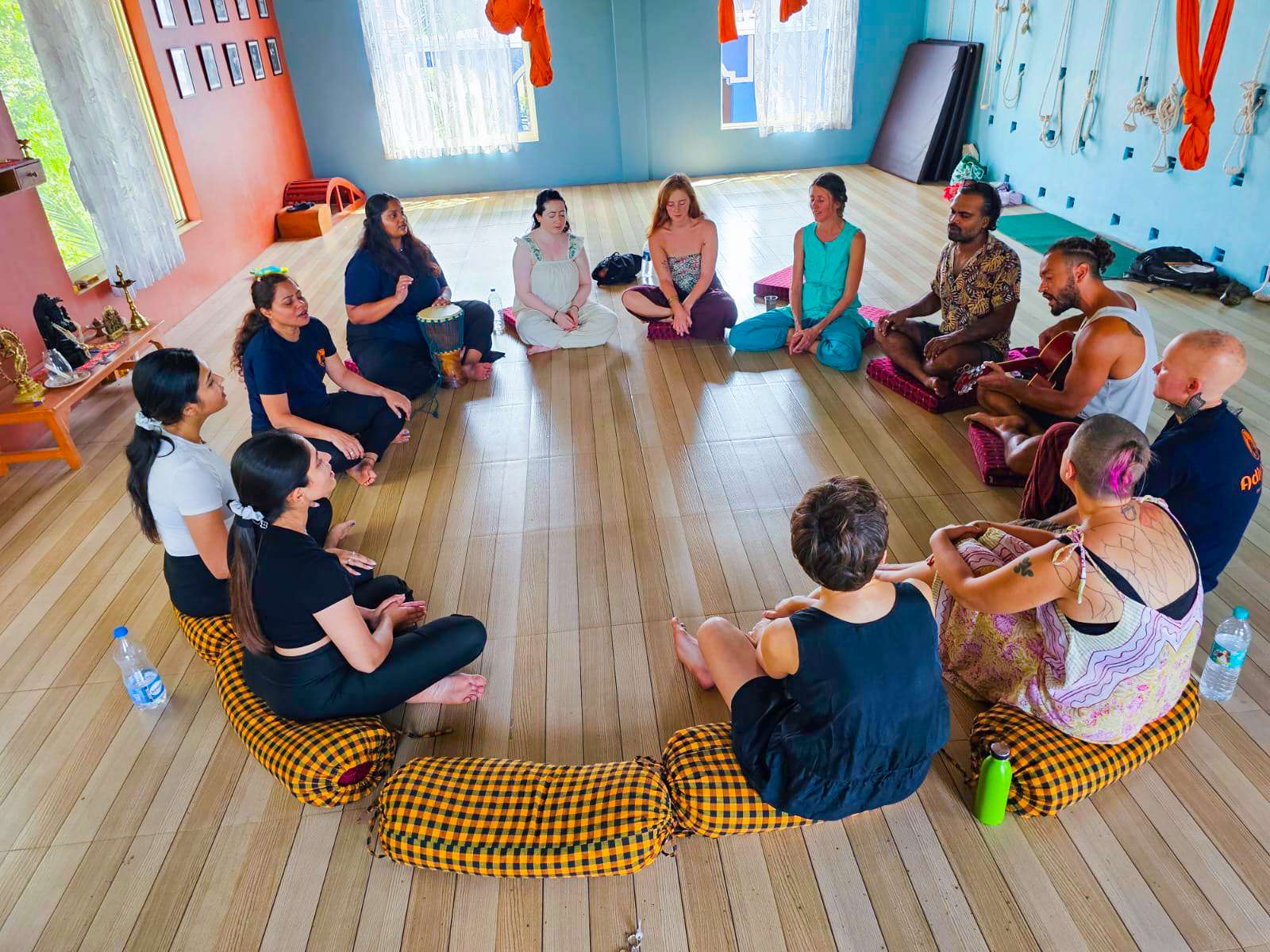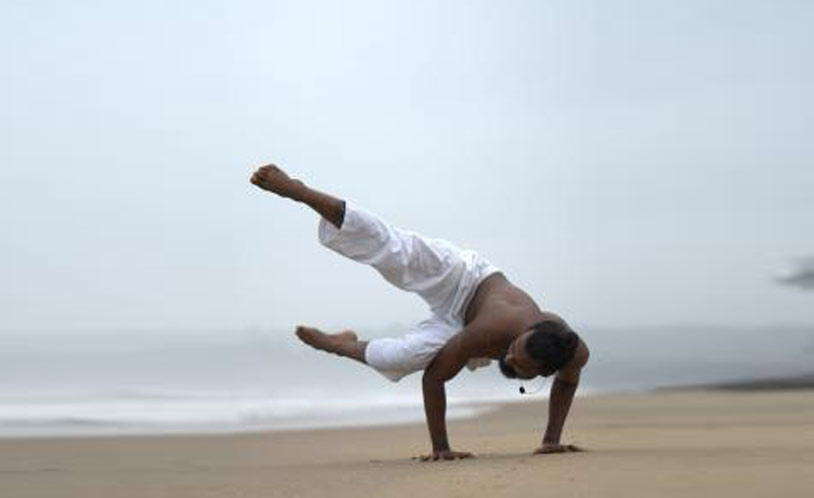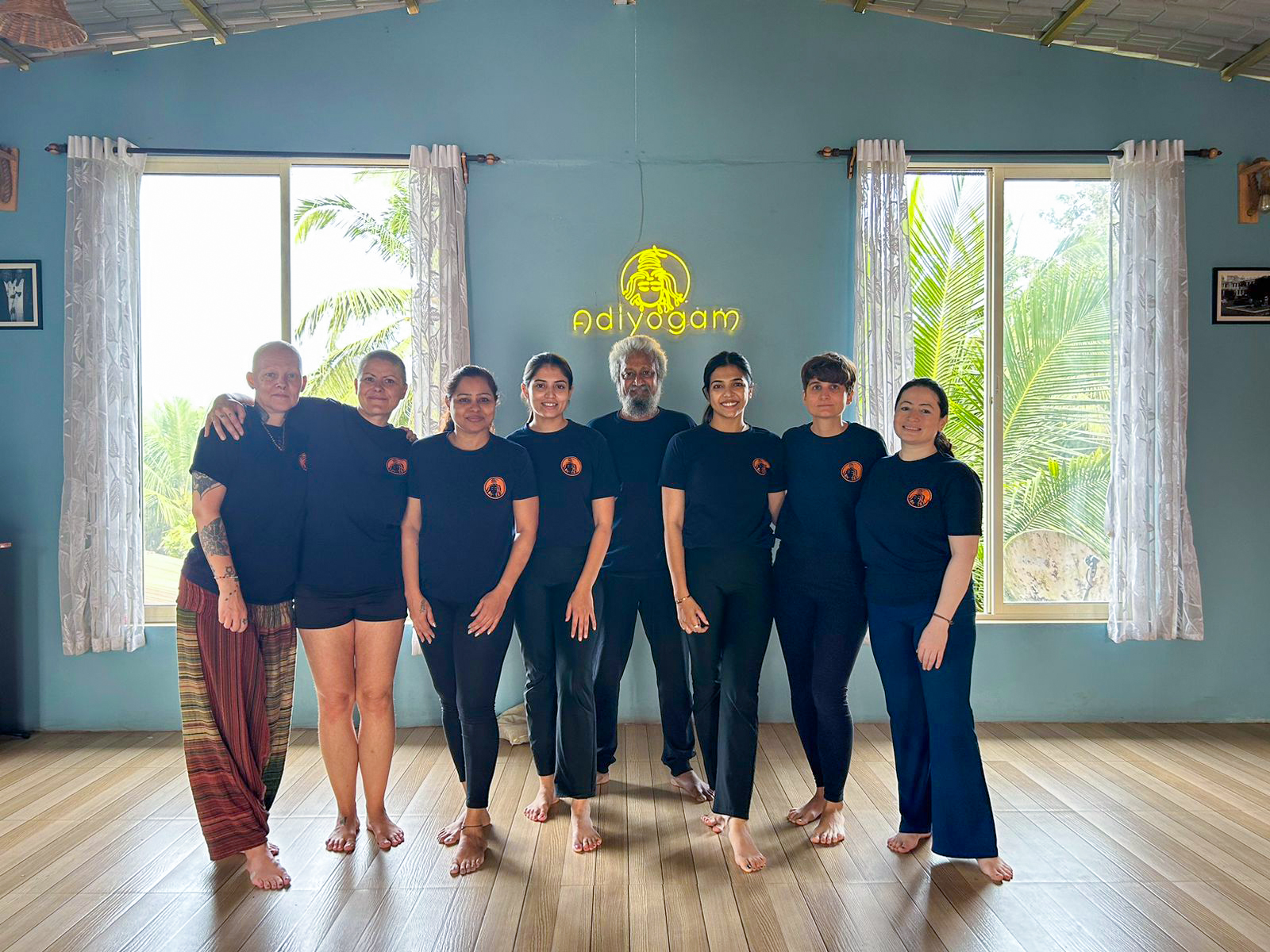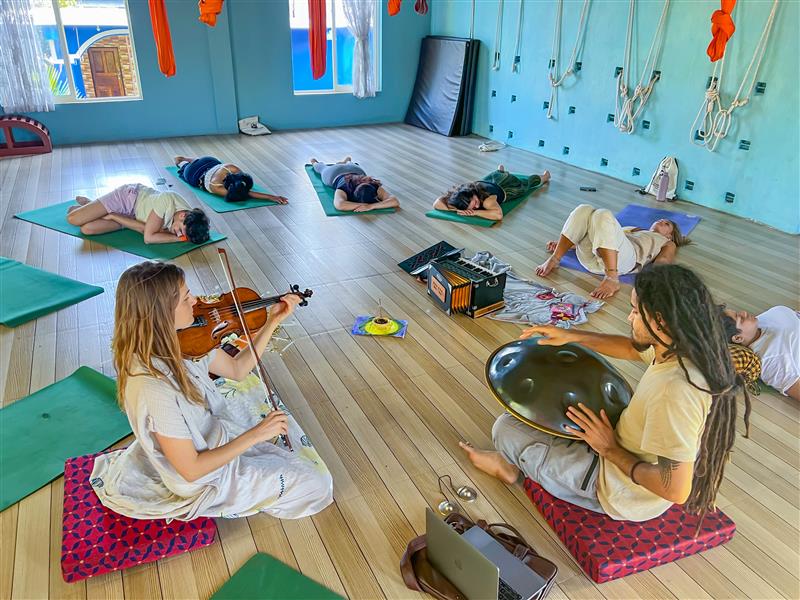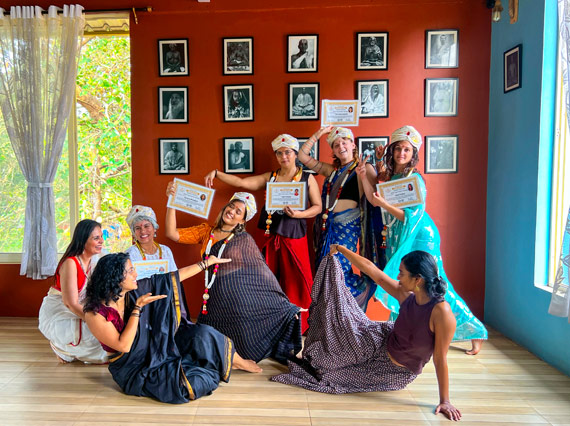What is Yoga
When I was teaching 200-hour yoga teacher training certification I felt that I had to share these details with my students. Yoga is an ancient practice of exercise and spirituality. It had been introduced into the heart of the continent during ancient times. Yoga is originally a group of physical, mental, and spiritual practices or disciplines that originated in ancient India by the rishis/sages. There have been many forms of exercise and training like the 200-hour yoga teacher training certification which came into view in the recent past, but yoga has stood the test of time, with mentions of Yoga having been found for more than five thousand years.
Yoga comes from the word “yog” in Hindi or “yuj” in Sanskrit, which means “to join” or “unite”. The practice aims to create a union between body, mind, and spirit, as well as between the individual self and universal consciousness. Such a union tends to neutralize thoughts and behaviors driven by ego, thereby creating a sense of spiritual awakening.
Evidence based Benefits of Yoga
The benefits of yoga don’t just stop at becoming more flexible, burning calories, or losing belly fat. Yoga is an extensive body-mind workout whose advantages go deeper than just fitting into an old pair of pants. It forms a deeper connection between the mind and body, helps to enrich our soul, and gives the mind and the body its ultimate purpose. While you may be thinking of all the reasons why yoga isn’t for you, here are a few reasons why you may want to start yoga. Always a good way to start practicing is, under a qualified yoga teacher who has done at least 200-hour yoga teacher training certifications.
1. Yoga improves flexibility
Yoga plays a very important role in improving the flexibility of the body. It helps to slowly loosen up the tight muscles by stretching them and letting them relax thereby making the body limber. The goals of flexibility related to yoga can be set according to the comfort level of each individual. Even if your personal goal is to touch your toes, reduce the tightness in your hamstrings, or to simply feel less stiff, the stretches and postures performed during yoga will be the perfect source of help for you.
Once you’ve developed greater strength and flexibility in your muscles, it will consequently reduce any risk of injury and will allow greater movement in your body, making you feel less stiff or tired. The body loves this benefit of yoga because it loosens soreness and tight muscles and serves as a recharge after more strenuous activity. Despite that, being more flexible means that the body is less susceptible to muscle injuries and faster recovery is more likely to occur.
2. Yoga builds strength
Yoga may appear to be all about stretching the body and holding poses, but those poses pack a lot of power that build strength, endurance, and also tone muscles. Yoga postures excel at using our own body weight, i.e., to rely on our bodies to form the poses with precision. The consistent practice of this promotes better strength, and better quality of health, and makes us less likely to succumb to certain muscle conditions and injuries.
When the talk is about strength building, in yoga, it doesn’t just refer to strengthening the muscles. Strengthening the body and the mind, improving immunity and building focus and concentration are also some of the key benefits of practicing yoga. Although strength building through yoga is probably not something that immediately comes to mind as opposed to flexibility, trying out the downward dog pose will help you realize how much strength yoga requires.
Check out the below link if you really want to experience 27 days of Yogic lifestyle in a 200-hour yoga teacher training certification.
You can learn these concepts in depth by joining the upcoming Yoga teacher training program at ADIYOGAM Goa.
3. Yoga improves immunity
Yoga is a combination of physical exercise, diet control, breathing techniques, and concentration, which strengthens the body and relaxes the mind. This, in turn, improves immunity. Asana practice provides a gentle, natural means of supporting the immune system on a day-to-day basis.
The current lifestyle and hectic day-to-day schedules have increased the levels of stress in most of us and stress as we know, worsens or lifts the risk of conditions such as depression, gastrointestinal problems, heart diseases, diabetes, obesity, Alzheimer’s disease, asthma, and so on.
Yoga helps lower stress hormones that compromise the immune system and calms the nervous system while also conditioning the lungs and respiratory tract.
4. Reduces Stress and Anxiety
Stress and anxiety are terms that are unfortunately used with too much regularity these days. With evolving technologies, there has been an increase in stress among common people as the pace of life has considerably fastened. This can lead to extreme physical and mental discomfort and pave the way for serious health issues.
It is well known that regular exercise can positively affect our mental health by reducing feelings of stress, anxiety, and depression. It has been found that yoga acts as a self-soothing technique and can help manage stress response systems by reducing the heart rate, lowering blood pressure, and easing respiration.
The areas of the body that tend to carry the most stress are the neck, shoulders, and back. Yoga poses help loosen up these tensed muscles in our body thereby leaving us with a sense of relief.
A lot of students come to our 200-hour yoga teacher training certification to reduce stress and anxiety due to their lifestyle choices, we give them A yogic lifestyle which includes authentic food, Asana, Pranayama, and outdoor yoga practice at the beach.
5. Improves the cardiovascular system
The cardiovascular system refers to the organ system consisting of the heart and blood vessels. It helps in carrying blood and oxygen to different organs, tissues, and cells of the body. The different poses in yoga along with a varied range of breathing exercises help to strengthen the heart.
It ensures a proper supply of oxygenated blood to the tissues, which helps to keep them healthy and strong. A stronger cardiovascular system will boost your immunity and help you fight diseases in the long run.
By improving circulation, yoga helps to prevent various circulatory ailments and illnesses such as high blood pressure, shallow breathing, muscle tension, and coronary heart diseases.
6. Improves sleep
Sleep is an extremely essential part of a healthy lifestyle. Proper sleep can lead to better health conditions, reduced stress, and reduced risks of development of nerve-related problems. It has been found that incorporating yoga into your routine can help promote better sleep.
Yoga is the ultimate relaxing mechanism that can help you relax and unwind, thereby helping you to fall asleep faster, and deeper, and feel more rested when you wake up. It has also been seen that yoga helps in increasing the secretion of melatonin, a hormone that regulates sleep and wakefulness.
In Conclusion:
In conclusion, we can say that the health benefits of yoga are tremendous. If you’re stopping yourself from trying it just because you think you’re not flexible or fit enough, that’s even more of a reason why you should start practicing yoga. The pandemic has shown us all that the only way to live a healthier, happier life is by incorporating a healthier lifestyle, and yoga in all ways supports exceptionally for the same.
That said, you don’t have to wait to feel stressed out fall ill, or feel stiff to start your yoga journey. People who do a little bit of yoga each day often find they’re better able to handle things when life gets a little strenuous. Apart from helping you to get fitter, it also helps you deal with stress, pick up your child without having to worry about a stiff back, control your dog, carry groceries, run errands easily or even deal with chaotic life situations with a level head. You fine-tune your attention, beginning with the body, and then moving to the mind. As you get deeper into your practice over the years, you also start to see the mental and spiritual benefits.
Its always good to start from an authentic Yoga school and I always inform my students who come to our 200-hour yoga teacher training certification that the journey is important, the process is not about how much we have completed but how much we have been able to adopt in our lifestyle.

